TZM Vs. Mo-La Alloys: A Comparative Analysis
Introduction
When high-performance materials are required in extreme environments, two alloys are frequently considered: TZM (Titanium-Zirconium-Molybdenum) and Mo-La (Molybdenum-Lanthanum). Both alloys are based on molybdenum and are valued for their defined mechanical properties and temperature resistance.
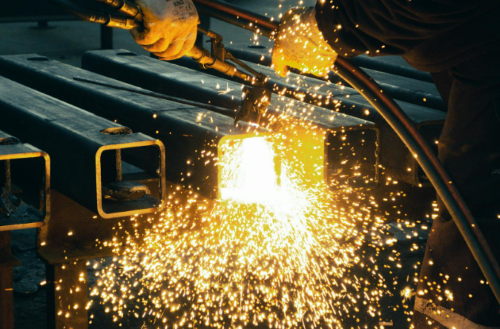
This article presents a detailed comparative analysis of the two alloys. It examines their composition, properties, applications and limitations. The purpose is to assist in selecting the appropriate material for specific industrial applications.
Understanding Molybdenum-Based Alloys
Molybdenum alloys are materials composed primarily of molybdenum combined with other elements to improve specific characteristics such as strength, corrosion resistance and thermal stability. Common alloys include TZM, which exhibits high strength at elevated temperatures, and Mo-La, which provides increased ductility and oxidation resistance. These alloys are used in various industrial sectors.
Stanford Advanced Materials (SAM) is headquartered in Lake Forest, California. The company supplies refractory metals including tungsten, molybdenum, tantalum, rhenium, titanium and zirconium. Their products support industries such as aerospace, metallurgy, semiconductors and chemical processing. For further information, please visit their homepage.
Further reading: The Primary Molybdenum Alloys and Their Uses
1) Composition and Fundamental Properties
TZM Alloy:
TZM comprises molybdenum with small additions of titanium (typically 0.5% by weight) and zirconium (approximately 0.08% by weight), and occasionally a minor amount of carbon. These additions increase the recrystallisation temperature and improve the alloy’s strength and hardness at temperatures exceeding 1 000°C.
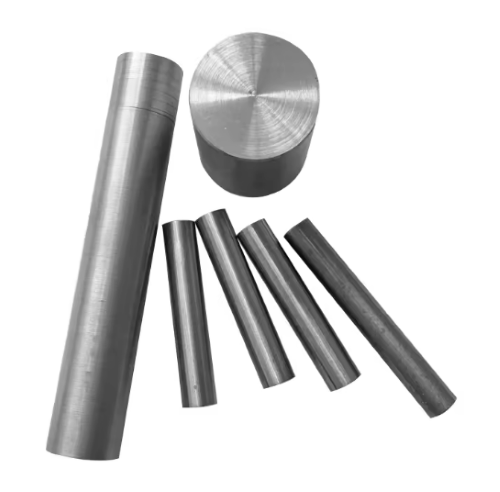
Mo-La Alloy:
Mo-La is composed of molybdenum with a small addition of lanthanum oxide (typically between 0.3% and 1.2% by weight). Lanthanum oxide forms dispersed phases that inhibit grain growth. This mechanism increases high-temperature strength and stability. It also provides increased ductility and resistance to thermal cycling.
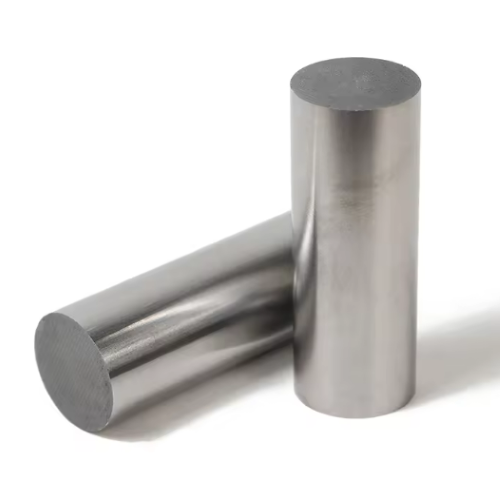
1. Mechanical Properties
Strength and Hardness:
The TZM alloy exhibits higher tensile strength and hardness compared to pure molybdenum, particularly at temperatures over 1 000°C. It is suitable for applications that require load bearing at high temperatures.
Creep Resistance:
Both TZM and Mo-La alloys demonstrate good creep resistance. TZM generally performs better, given that its reinforced grain boundaries resist deformation under load at high temperatures.
Ductility:
Mo-La alloys display higher ductility at lower temperatures compared to TZM. This property makes Mo-La more appropriate for applications exposed to significant thermal cycling, whereby brittle behaviour may occur.
2. Thermal Properties
Thermal Conductivity:
Both alloys provide good thermal conductivity. The Mo-La alloy conducts heat marginally better than TZM. This performance is important in applications such as furnace components and aerospace engineering, whereby effective heat dissipation is required.
Coefficient of Thermal Expansion:
Mo-La exhibits a somewhat lower coefficient of thermal expansion than TZM. Consequently, it is advantageous for applications that demand dimensional stability over temperature cycles.
3. Chemical Properties
Oxidation Resistance:
Both alloys possess high oxidation resistance at elevated temperatures. Mo-La shows a marginal improvement due to the presence of lanthanum oxide, thereby performing better in prolonged oxidative environments.
Resistance to Corrosive Environments:
The higher strength of TZM is beneficial in acidic conditions where maintaining structural integrity is vital. Given the characteristics of Mo-La, it may perform more effectively in alkaline environments.
4. Applications
TZM Alloy:
In aerospace, TZM is used for rocket engine nozzles where high temperatures and loads are encountered.
- In power generation, TZM is employed in components for nuclear reactors and gas turbines due to its ability to maintain performance at high temperatures.
- In tooling, TZM is used for applications that demand high strength and resistance to elevated temperatures.
Mo-La Alloy:
In the electronics industry, Mo-La is used for cathodes, support structures and electrodes in high-temperature furnaces for the growth of sapphire crystals.
- In thermal management, the alloy is incorporated into components that operate effectively over a wide temperature range.
- In the glass industry, Mo-La is employed as electrodes in melting furnaces. Its resistance to molten glass is quantifiable.
Conclusion
The choice between TZM and Mo-La alloys depends on specific operational requirements. TZM is generally selected for applications that require high temperature strength and structural stability, whereas Mo-La is preferred for applications where elevated ductility and stability under thermal cycling are required.
Table 1. TZM vs. Mo-La Alloys
|
Composition |
Molybdenum with 0.5% titanium, 0.08% zirconium, occasionally carbon |
Molybdenum with 0.3% to 1.2% lanthanum oxide |
|
Key Properties |
Higher strength, increased creep resistance at elevated temperatures, raised recrystallisation temperature |
Enhanced high-temperature stability, higher ductility, improved resistance to thermal cycling |
|
Physical Properties |
Higher tensile strength and hardness, particularly above 1 000°C |
— |
|
Thermal |
Good |
Slightly better than TZM |
|
Chemical |
High resistance |
Marginally improved due to lanthanum oxide |
|
Applications |
Aerospace (rocket engine nozzles), Power generation (nuclear reactors, gas turbines), Tooling (high-load tools) |
Electronics (cathodes, furnace components), Thermal management, Glass industry (melting furnace electrodes) |
Each alloy offers a defined set of properties suited to particular challenges in modern materials engineering. When making a final selection, factors such as operating temperature, environmental conditions, mechanical load and economic considerations must be taken into account.

 Bars
Bars
 Beads & Spheres
Beads & Spheres
 Bolts & Nuts
Bolts & Nuts
 Crucibles
Crucibles
 Discs
Discs
 Fibers & Fabrics
Fibers & Fabrics
 Films
Films
 Flake
Flake
 Foams
Foams
 Foil
Foil
 Granules
Granules
 Honeycombs
Honeycombs
 Ink
Ink
 Laminate
Laminate
 Lumps
Lumps
 Meshes
Meshes
 Metallised Film
Metallised Film
 Plate
Plate
 Powders
Powders
 Rod
Rod
 Sheets
Sheets
 Single Crystals
Single Crystals
 Sputtering Target
Sputtering Target
 Tubes
Tubes
 Washer
Washer
 Wires
Wires
 Converters & Calculators
Converters & Calculators
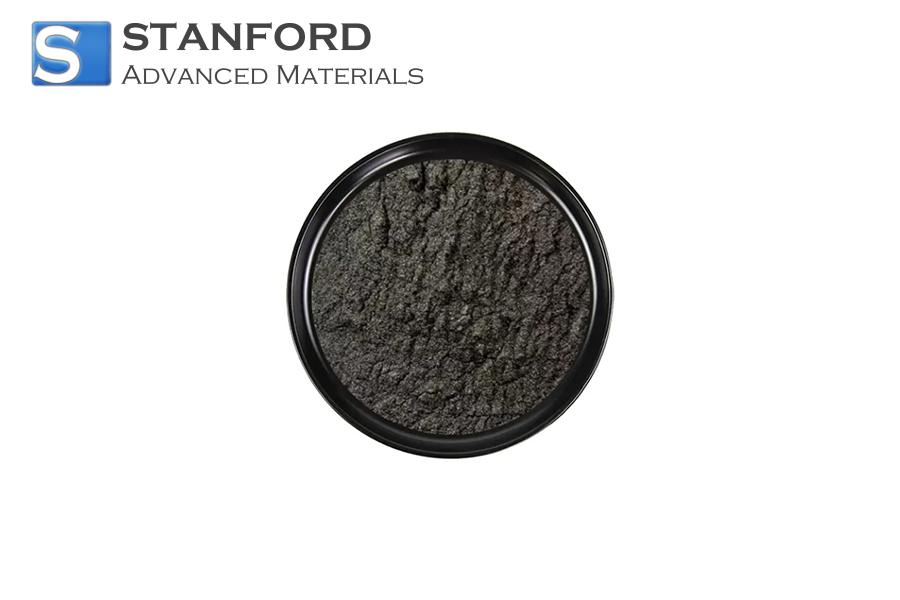
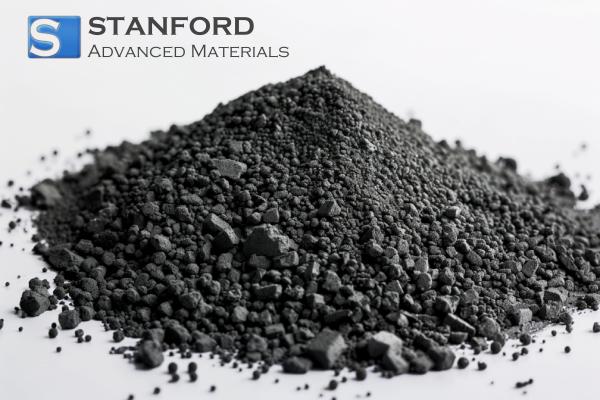
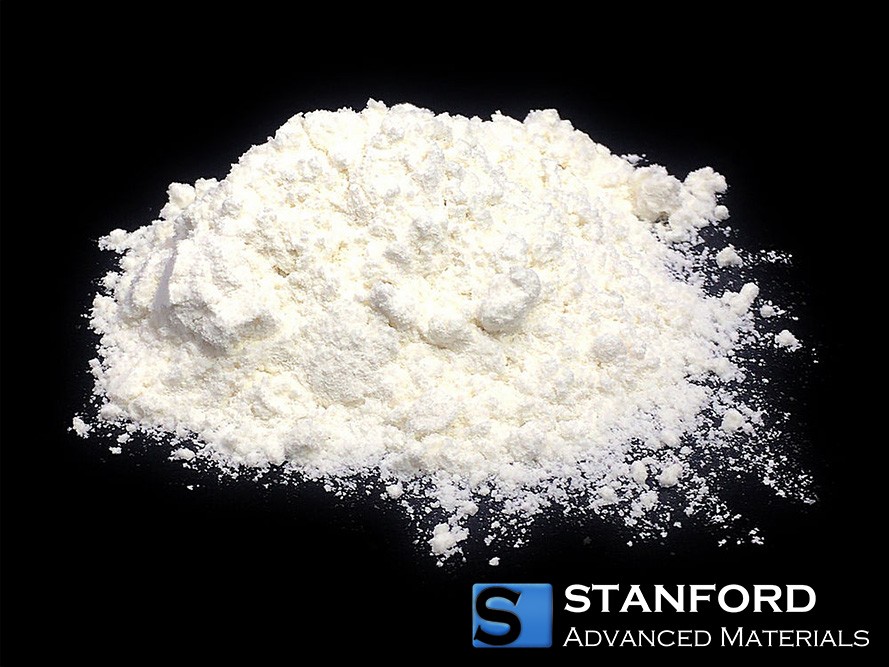
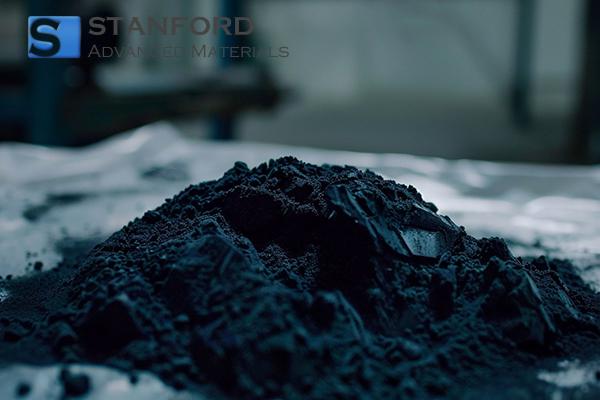
 Chin Trento
Chin Trento



